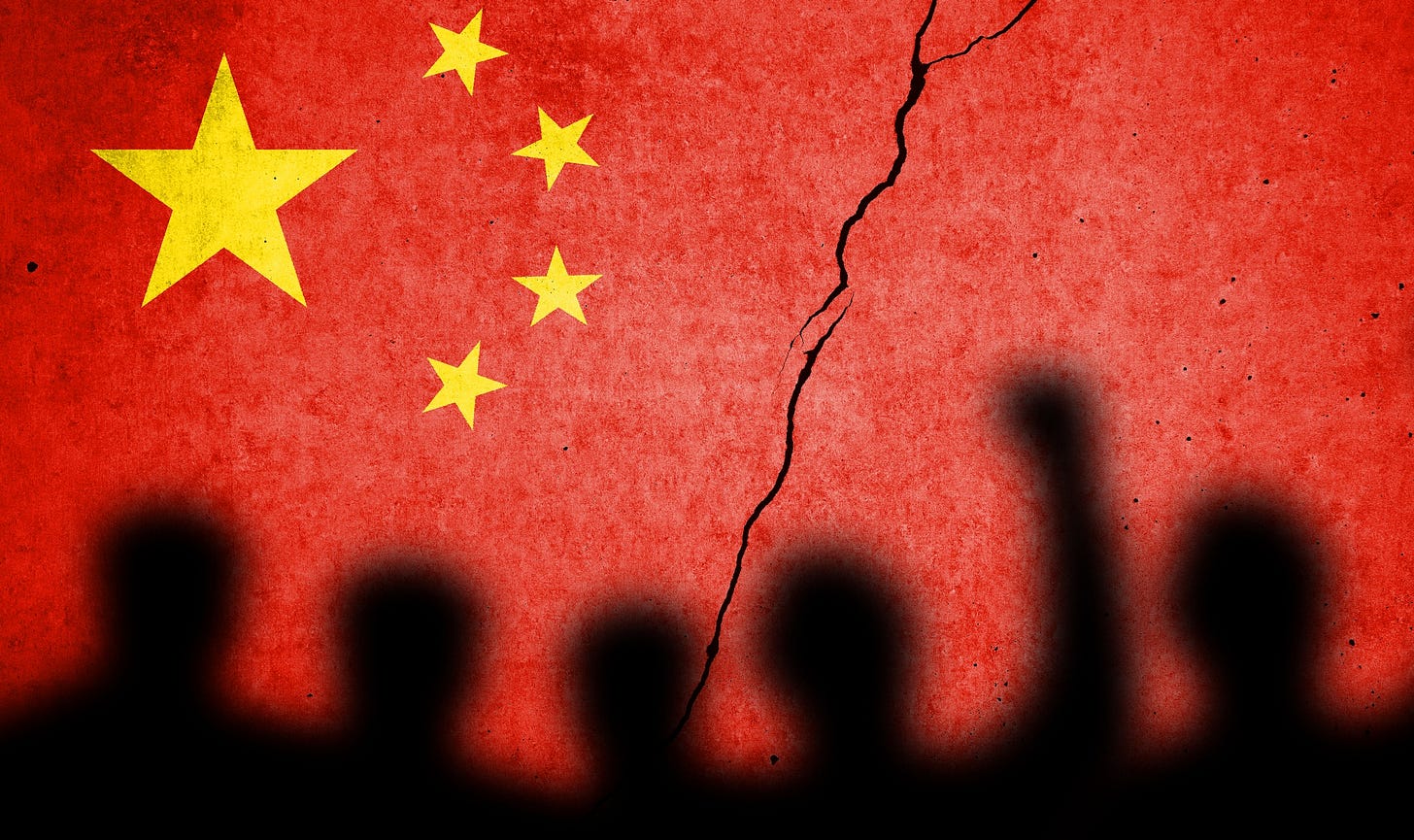Protesters to China’s Tyrants: ‘Communist Party, Step Down!’
Courageous Voices Rise Against Oppression in the Heart of China
On Thursday, November 25, 2022, ten people were killed and nine more were injured in a fire in a residential tower in Urumqi, a city in China’s Xinjiang province.1 Although such fires are common in China (thirty-eight people died in another fire in Anyang just three days earlier), the Urumqi fire exposed the human cost of China’s unjust “zero-COVID” poli…
Keep reading with a 7-day free trial
Subscribe to The Objective Standard to keep reading this post and get 7 days of free access to the full post archives.





